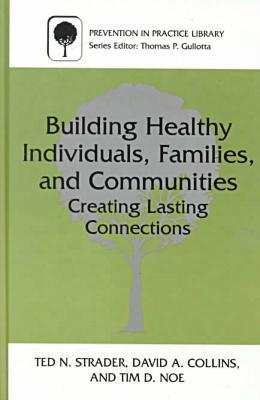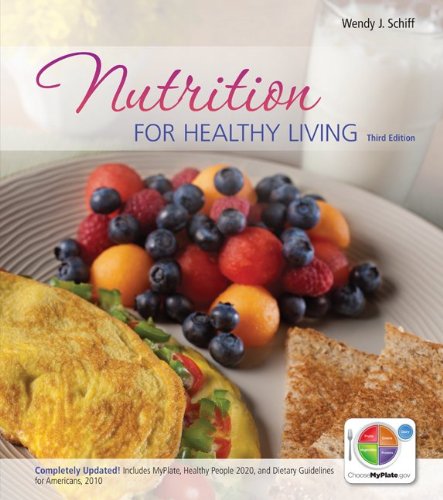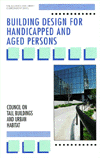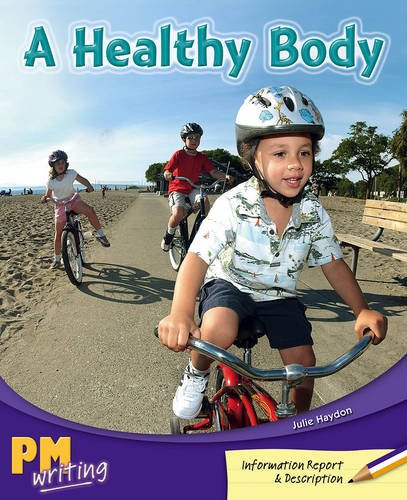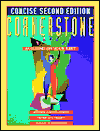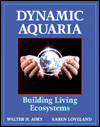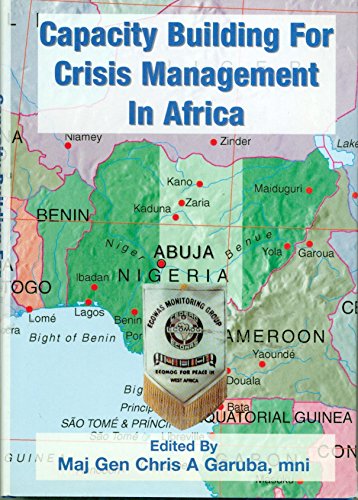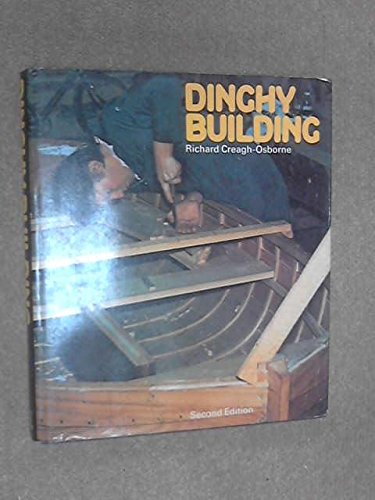Building Healthy Individuals, Families, and Communities: Creating Lasting Connections (Prevention in Practice Library)
Strader, Ted N.
Collins, David A.
Noe, Tim D.
Today, more than ever before, we have available to us a large body of knowledge about how to reach and influence youth, even high-risk youth and families, that help them build resiliency. Building Healthy Individuals, Families, and Communities describes a program, Creating Lasting Family Connections, which is based on COPES' successful demonstration program, Creating Lasting Connections (CLC).
CLC, a research demonstration project, was designed as an ecumenical, community based program that focused on increasing community, family and individual (youth) protective factors that would lead to delaying the onset and reducing the frequency of alcohol and other drug use among at-risk 12-14 year olds.
CLC received the Center for Substance Abuse Prevention's Exemplary Prevention Program Award for 1994 and CLFC received this honor in 1999; CLC has been included in the International Youth Foundation's YouthNet International, a directory of the most effective youth programs worldwide; finally, it was selected as one of only seven model prevention programs by the Center for Substance Abuse Prevention for national dissemination.
While the program focuses on alcohol and other drug-related issues and outcomes, much of this approach is applicable to youth and families across a larger spectrum of issues and behaviors, including violence and inappropriate sexual behavior.
Janet E. Ordway
This is a well-organized, concise book with a focus on building healthy individuals, families, and communities by creating lasting family connections. It is much like a handbook, only 112 pages long, which can be easily accessed for information and contains excellent illustrative dialogs as examples. Clearly written, this book can be easily read as the authors progress step-by-step in showing how to mobilize a community to bring about change through education, training, and role-playing with both youth and parents. The training is directed towards increasing self worth, respect for oneself and others, and self control. Also there is a focus on developing independence and responsibility. Anyone interested in building stronger communities with increased healthy interrelationships among families would find this book helpful. In involving the community, there are five stages. Stage I involves selecting and recruiting sponsoring community organizations. Next is Stage II in which a community advocate team is recruited and trained. Family recruitment is then enlisted in Stage III by the community advocate team utilizing regular social events, information meetings, newsletters, local media, and face-to-face contact. How to retain family commitment is described in Stage IV, and Stage V is the successful transfer of the responsibility for the services to the community. Though this book is focused on substance abuse prevention, the application can be used much more broadly. The authors suggest proper application of methods pulls the communities together by using their strengths and aiding youth, parents, and communities in solving their problems. The structure can easily be expanded tohelping teenage mothers, teaching parenting skills to young people, helping with conflict resolution, increasing parent-child involvement, and developing vocational training programs.
| Name in long format: | Building Healthy Individuals, Families, and Communities: Creating Lasting Connections (Prevention in Practice Library) |
|---|---|
| ISBN-10: | 0306463172 |
| ISBN-13: | 9780306463174 |
| Book pages: | 112 |
| Book language: | en |
| Edition: | Illustrated |
| Binding: | Hardcover |
| Publisher: | Springer |
| Dimensions: | Height: 9 Inches, Length: 6 Inches, Weight: 0.7253 Pounds, Width: 0.5 Inches |

